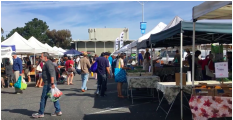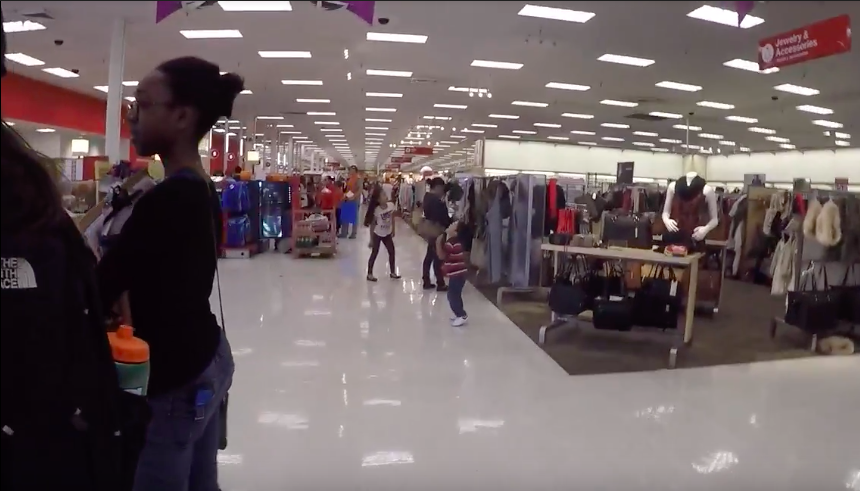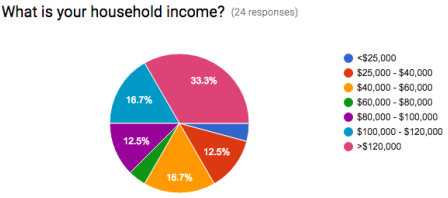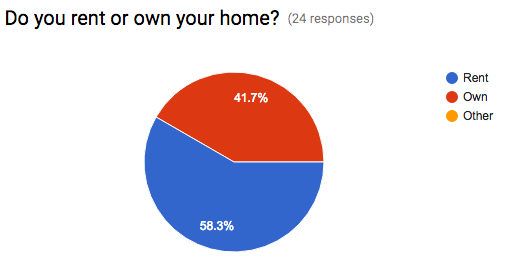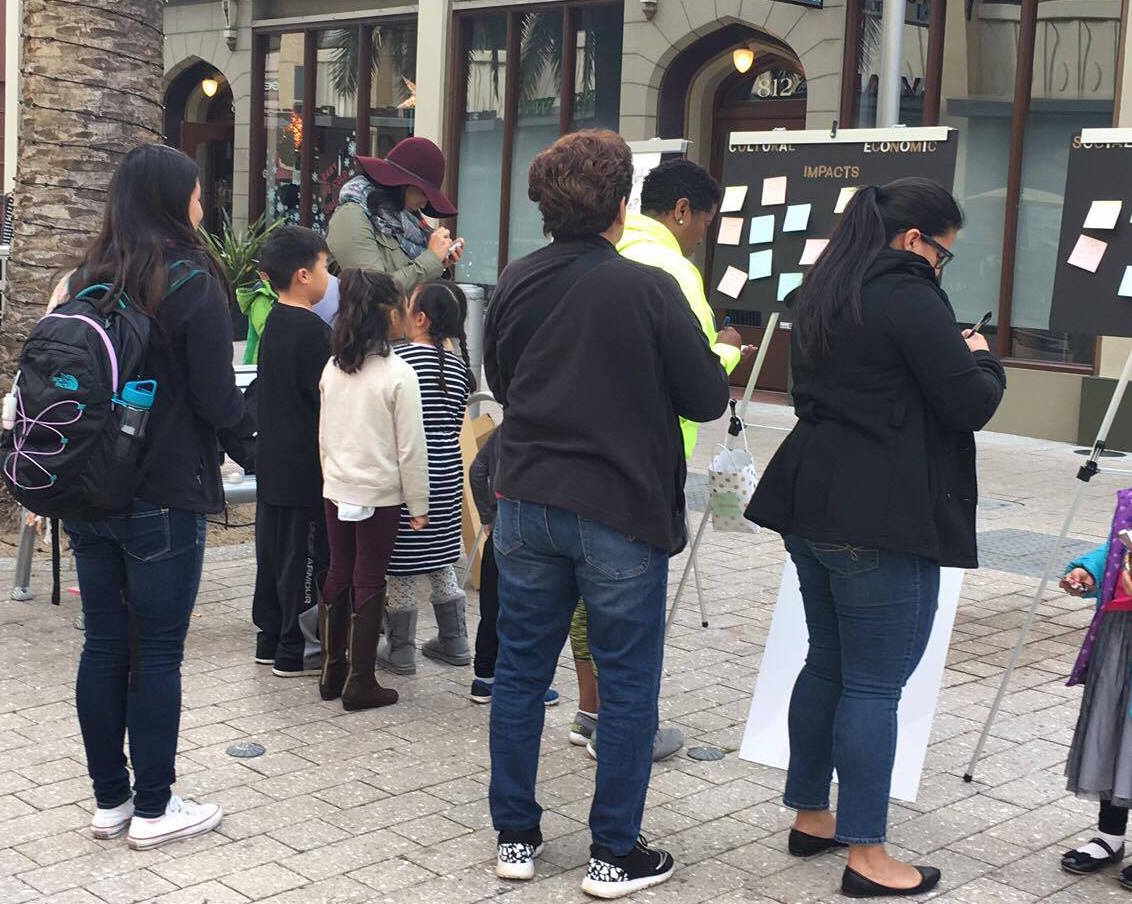cost of living in san mateo countyIt is well known that it is becoming more and more expensive to live in San Mateo County. For instance, the market average rent has risen 38.9% in the last four years for a 1-bedroom unit to $2,638 in June 2016.
Our team worked with Sustainable San Mateo County on their 2017 Key Indicators Report on COST OF LIVING. We set out to gather personal stories and investigate how the high cost of living in San Mateo County has affected sustainability on the individual and household levels. process
findings
|
|
|

